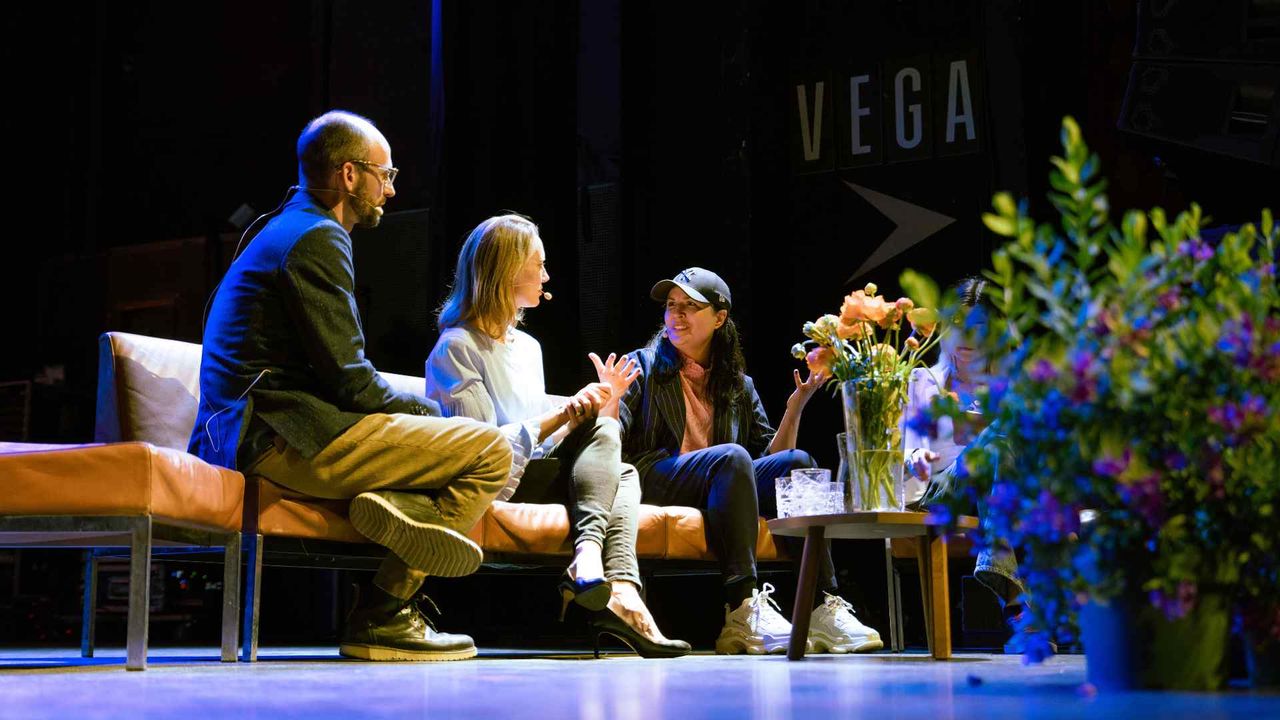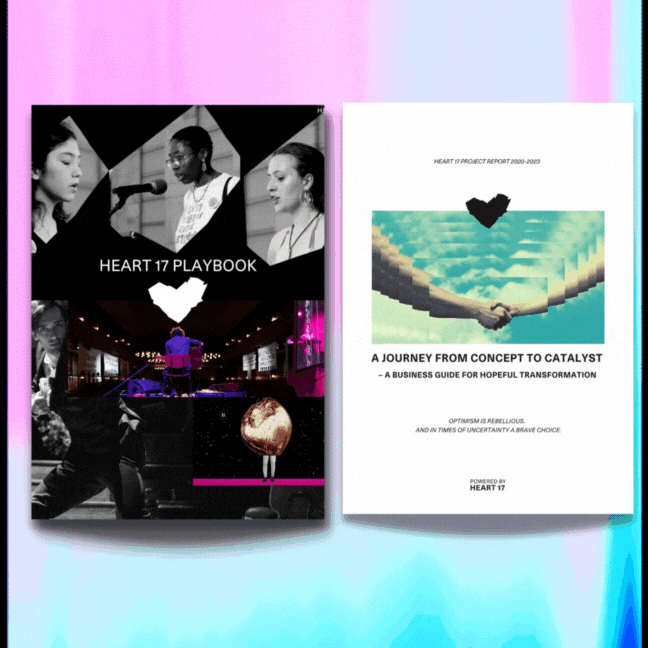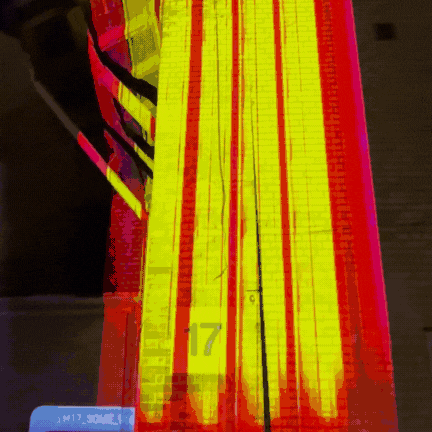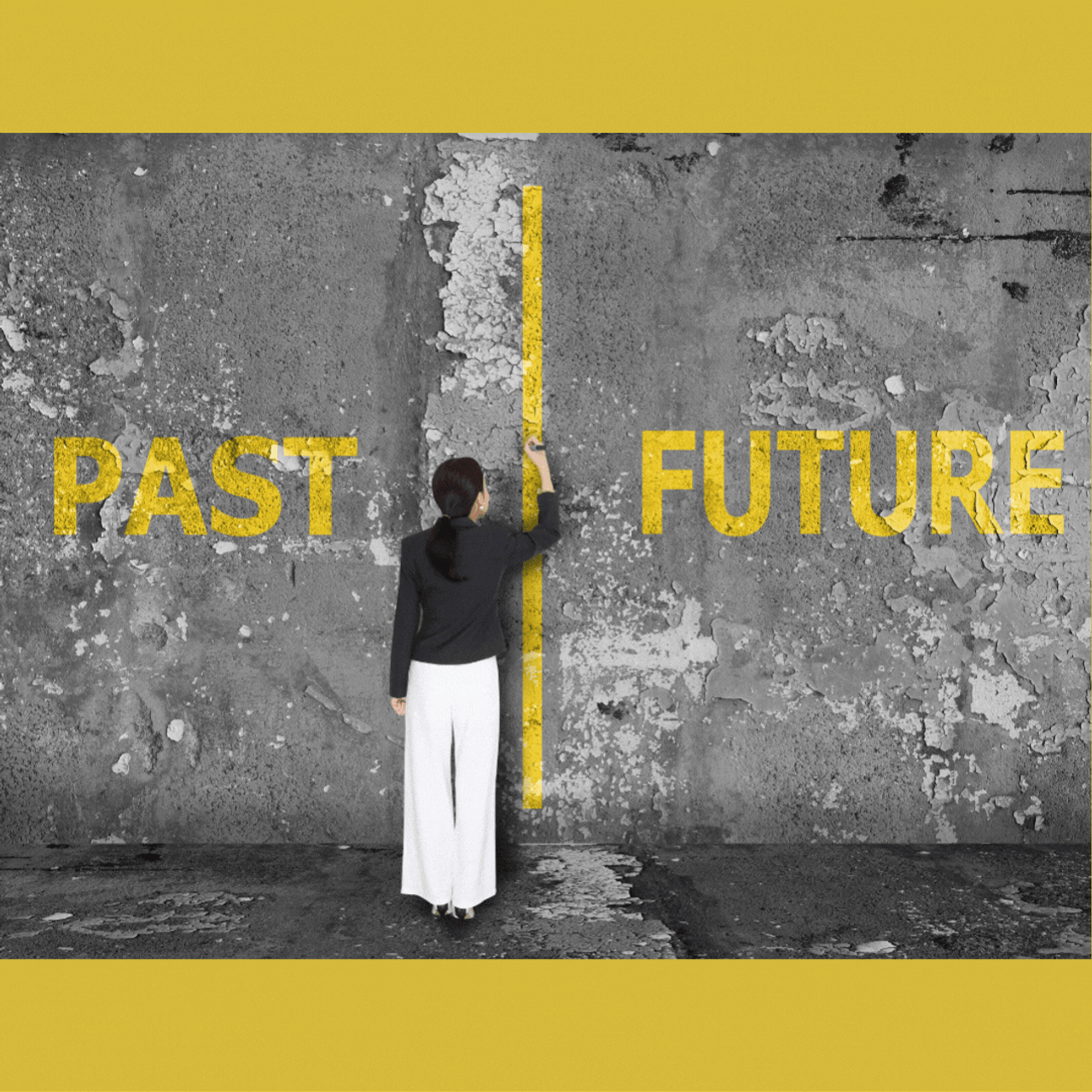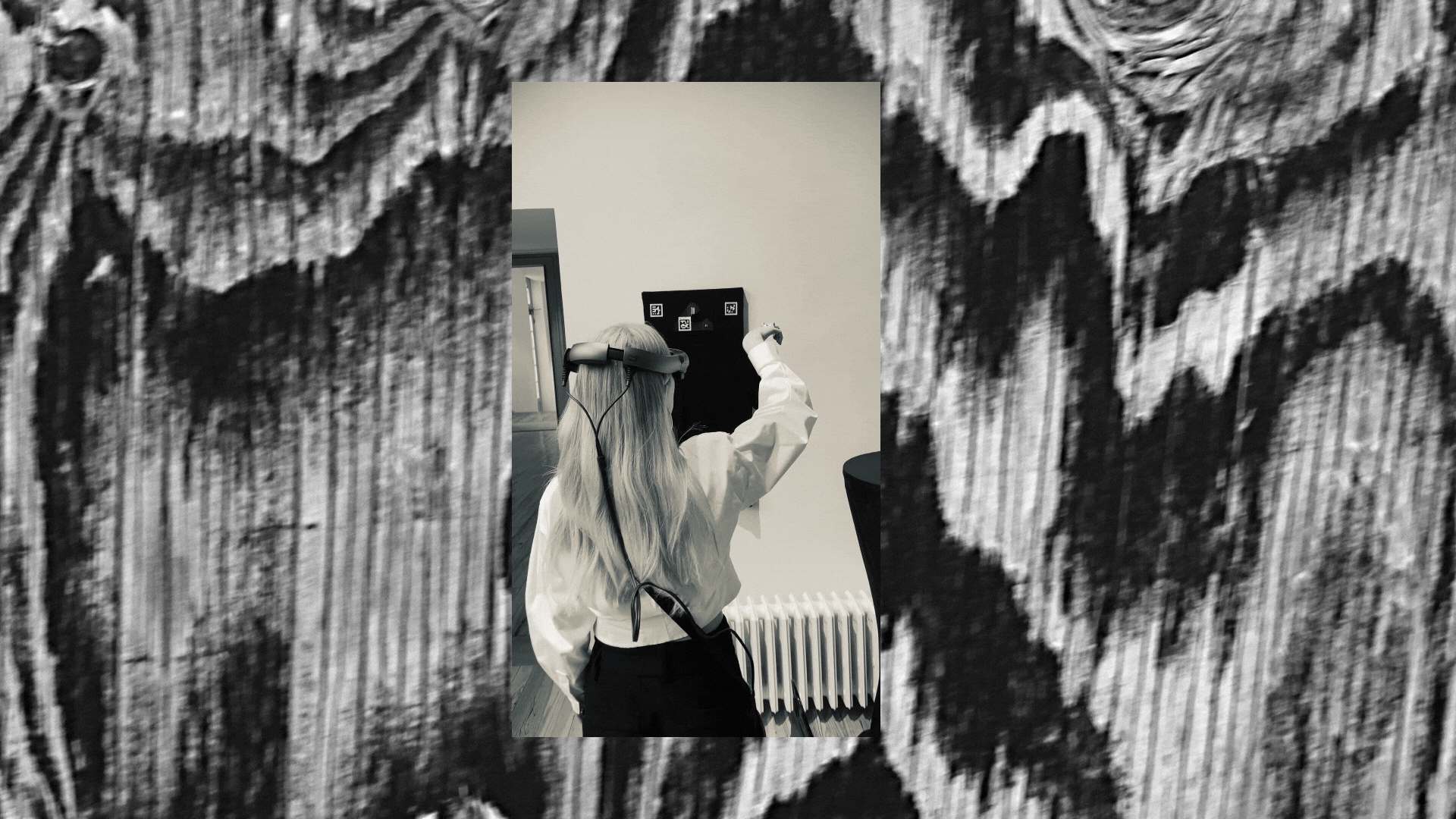Creativity plays a crucial role in addressing future challenges and climate issues for several reasons. In essence, creativity is a catalyst for change.
By encouraging innovative thinking, fostering adaptability, and inspiring collective action, creativity becomes a vital tool in the efforts to save our future and address the challenges posed by climate change. But indications shows that creativity is declining.
WE WILL USE CREATIVITY. We contribute with our creativity to amplify messages of hope and progress with concrete examples. We will respect the variety of different perspectives of creativity opposed to the one. – HEART 17 Manifesto
As one of the first TED Talks (over 75m views at this point), Sir Ken Robinson describes how we grow out of creativity. It’s a lesson we need to learn over and over again. And failing well is the success to greater creativity.
Key Takeaways:
- Creativity is as Important as Literacy: To foster creativity is crucial for preparing ourselves for an uncertain future and enabling us to think innovatively.
- Divergent Thinking vs. Convergent Thinking: Robinson introduces the concepts of divergent thinking and convergent thinking. Divergent thinking involves the ability to think outside the box, explore various possibilities, and come up with multiple solutions to a problem. Convergent thinking, on the other hand, is more focused on finding a single correct solution. Traditionally we tend to prioritize convergent thinking, potentially stifling the natural creative abilities who may excel in divergent thinking.
- Behavior Change: Creativity inspire behavioral change. Through imaginative storytelling, art, and media, we can convey the urgency of environmental issues in a way that resonates with people and motivates them to take positive actions.
Explore Further
“You can’t manage creativity—you can only manage for creativity. A number of themes emerged: The leader’s job is not to be the source of ideas but to encourage and champion ideas. Leaders must tap the imagination of employees at all ranks and ask inspiring questions. They also need to help their organizations incorporate diverse perspectives, which spur creative insights, and facilitate creative collaboration by, for instance, harnessing new technologies.” – Harvard Business Review – Creativity and the Role of the Leader
Report: Harvard Business Review - Creativity and the Role of the Leader
Book: Right Kind of Wrong: The Science of Failing Well Hardcover
